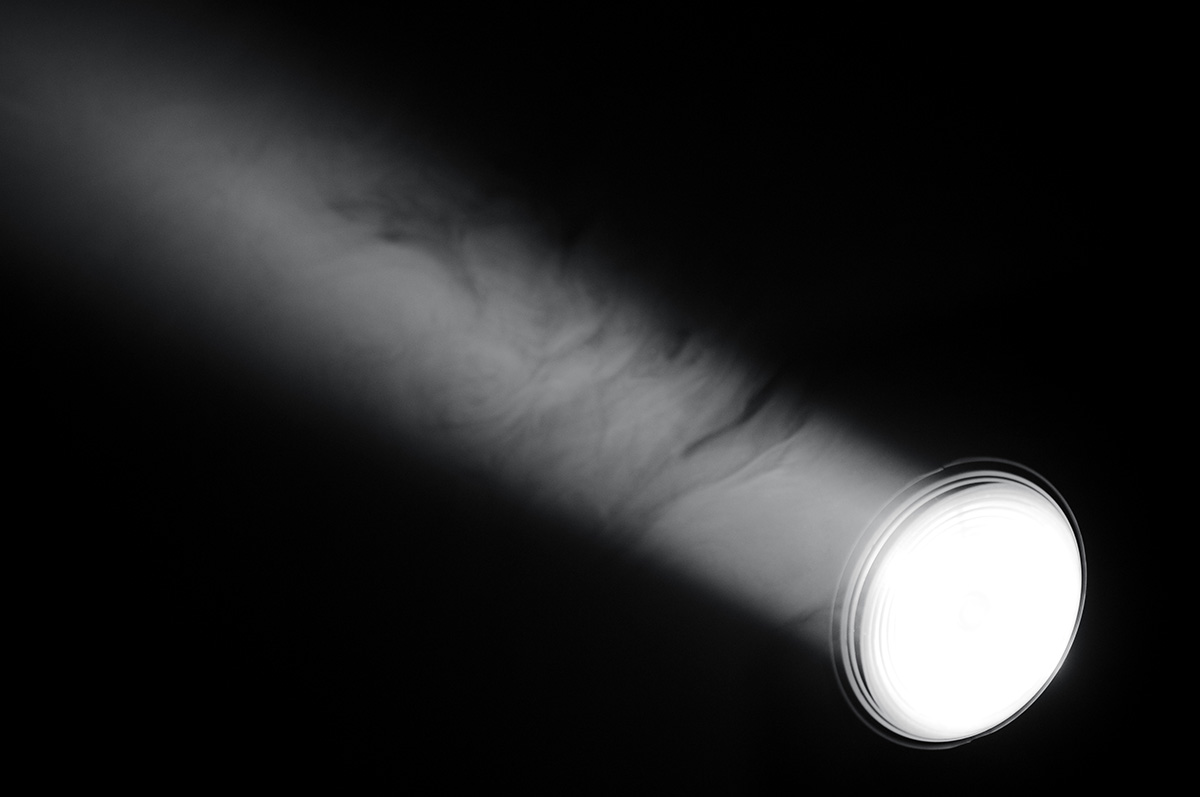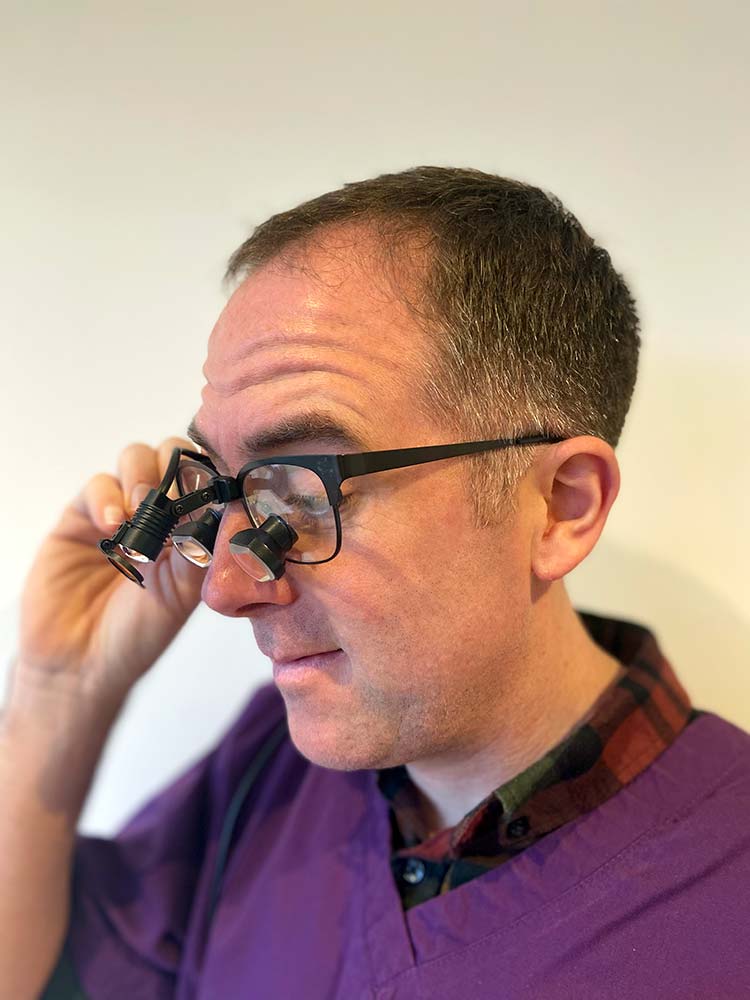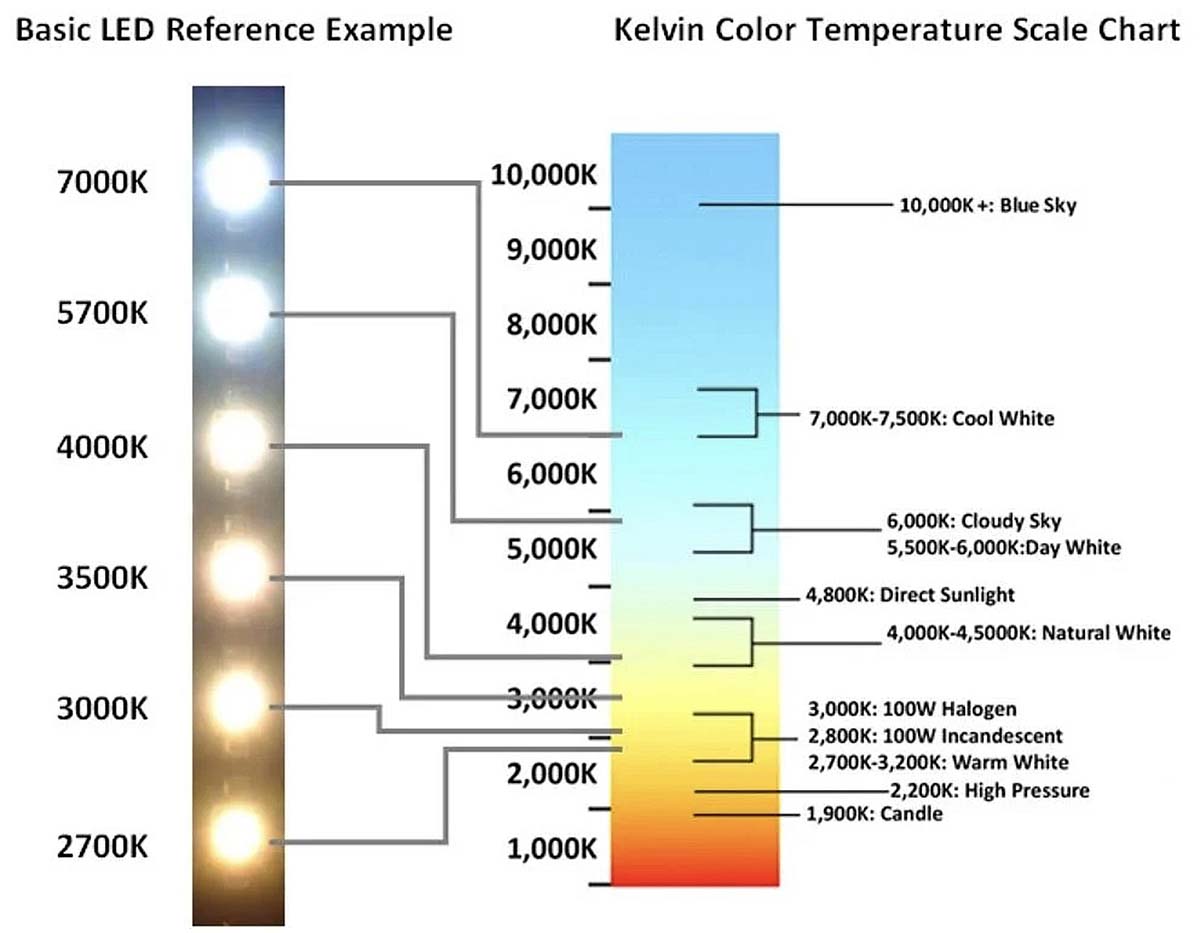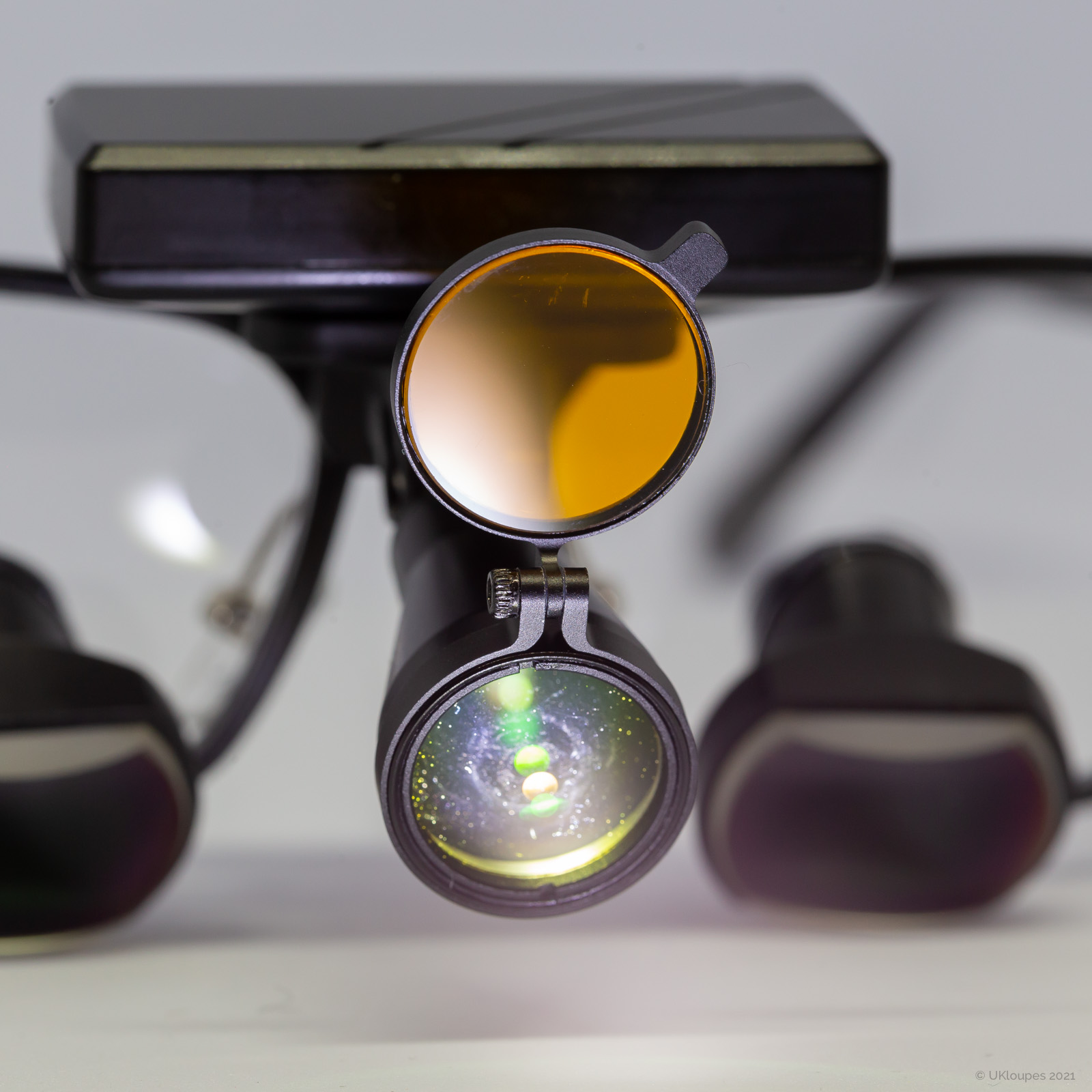
23 Jan Buying lights for loupes
Purchasing a first pair of loupes can be quite complex. Magnification, frame style, preferred brand, warranty, case, comfort… the list goes on. The best addition to a loupe purchase would be a light and this too can be quite a labyrinth.
Below we have put together a blog post that will guide you through this labyrinth and shine some light into the world of head light buying.
Weight
Light units may seem lightweight whilst holding them in your hands but when they are attached to your loupe frame and you are wearing them for extended periods of time, this light can become quite uncomfortable. When trying a light on, it is important to try it with your loupes, be sure they are comfortable and that you feel you could wear them all day long. Most companies will offer a trial and this is the best way to be sure you are happy with the light.
Attachment
If you buy a light with your loupes, it should come attached neatly to the frame in a way that is comfortable to wear and can be easily adjusted so the beam is lighting up the area in view.
If you buy a light as an addition to your loupes later, you need to make sure there is an option to attach the light neatly. We supply several different brackets for assorted brands so that we can attach our lights to any frame.
Colour
You may hear lights being described as ‘warm’ or ‘cool,’ which refers to the colour temperature of the light unit. This is measured in a unit called Kelvin. Generally speaking, the lower the Kelvin, the warmer and more orange the light is. The higher the kelvin the cooler and bluer the light is. The colour of the light can change the way people perceive different surfaces. A warmer light gives surfaces a more ‘natural’ feel but cannot always highlight finer detail. A colder light will give detail but will make surfaces seem unnatural.
People perceive light colour differently and the best type of light would depend on personal preference and type of work being undertaken. Most users will focus more on the intensity of the beam rather than the colour.
Intensity
You may hear light intensity being measured in Lumens, LUX, Candela and other terms. Lumens describes the power of the light source and LUX is the intensity of the light source falling over a defined area. In simple terms the higher the number, the brighter the light will be. However, it is important lights are not too bright as this can damage patient’s eyes. Light units in the region of 40-60K Lux are deemed the standard.
Wireless or Wired
Batteries are forever getting smaller, more powerful and longer lasting. In recent years, we have been able to take advantage of this and develop a wireless light unit. The wireless light unit does away with the battery in your tunic and a wire over the arms of your loupes. They are comfortable to wear, less likely to get tangled and are more aesthetically pleasing. However, they are slightly heavier as the battery is on the frame – the battery is lighter though so it is not as noticeable as you would imagine. As the batteries are smaller, the burn time is not as great. To combat this, wireless units often come with two or three batteries so that at least one will always be charged.
Battery life
Most wired units would give you at least 8 hours of light meaning that you could then charge the light overnight ready for the next day. All our units come with one battery, as this is normally all that is required. Extra batteries are optional if you had an exceptionally long day or you were wanting a spare battery for an emergency. Wireless units are slightly different as the batteries are smaller and consequently will not last as long. To combat this, wireless units will come with extra batteries so there will always be at least one battery charged and ready to be used.




No Comments